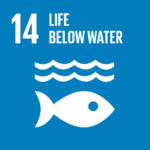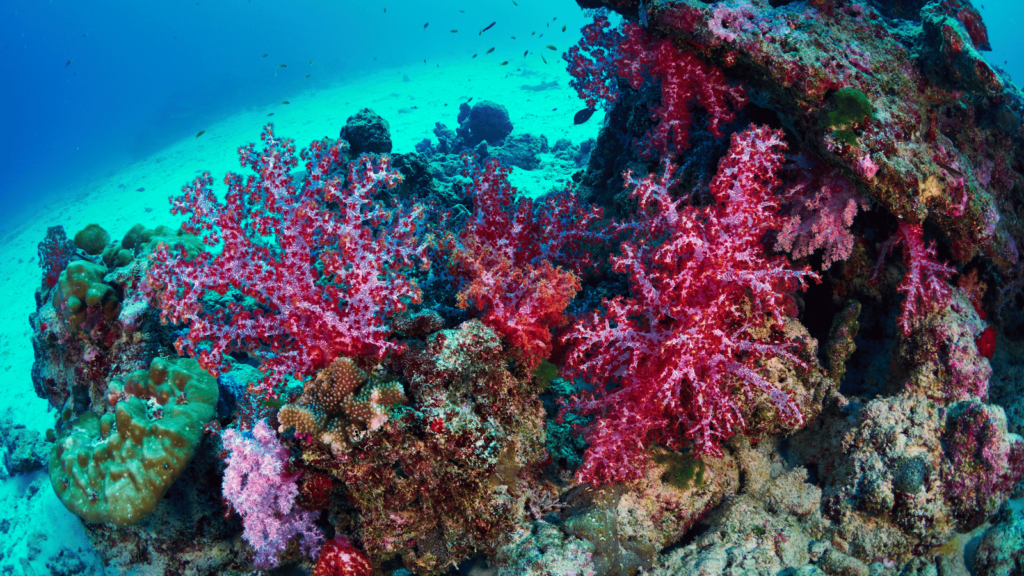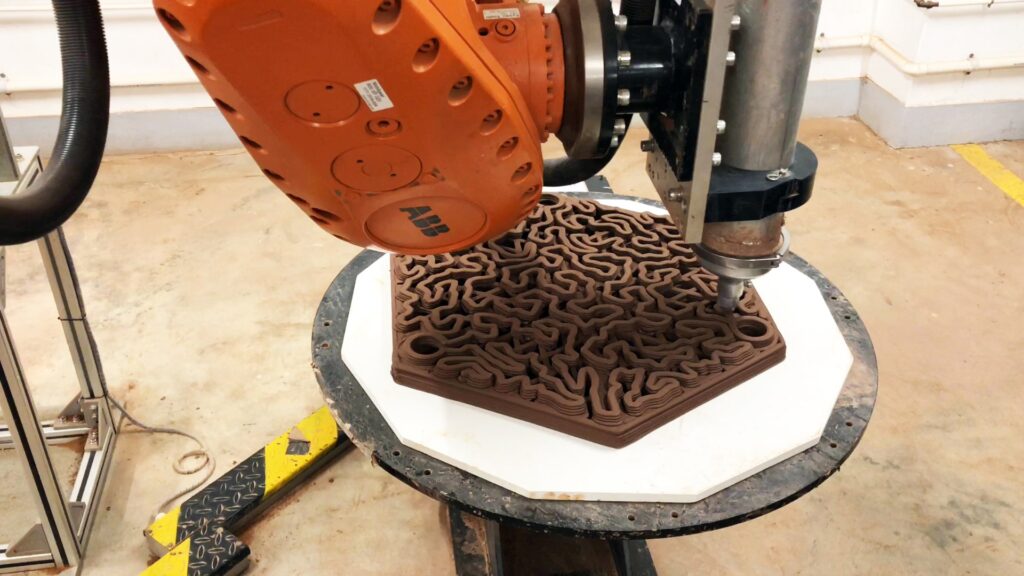ThisArchireef offers a nature-based solution aided with
3D-printing technology to restore coral reef.
A Hong Kong startup, Archireef, is taking on the daunting task of helping coral reefs adapt to the problems humans have caused. With the use of 3D printing and terracotta, Archireef aims to restore natural beauty to the South China Sea that has been lost due to pollution and industrialization.
RELEVANT SUSTAINABLE GOALS


3D Printed Terracotta Tiles For Coral Restoration
In 2018, Typhoon Mangkhut destroyed 80% of Hoi Ha Wan’s corals, causing immense damage to the marine ecosystem. The added threat of bioerosion is now putting the Marine Park, which accounts for 75% of all reef-building corals in Hong Kong, at risk. To protect the park and reduce ecological decline, the Chinese Agriculture, Fisheries, and Conservation Department (AFCD) has commissioned a rescue project.
According to David Baker, a coral ecologist at the University of Hong Kong, more coral species live in Hong Kong’s subtropical waters than in the Caribbean. However, this region used to boast even more coral species. “We believe that this area was a coral paradise,” Baker said. “Those who are still with us from the World War II generation, these people tell you the water was crystal clear, that there were coral everywhere.”
To rebuild the paradise lost, Baker co-founded Archireef, an eco-engineering startup. In a world-first, the team 3D-printed artificial reef tiles made from terracotta that are non-toxic and biodegradable. The tiles were placed on the sandy bottom of a protected bay and seeded with living coral, and 95% of the coral survived in the past two years.
The team used terracotta tiles to create a hard base for the corals to rest on instead of the sandy seafloor, which can bury or scour the coral’s thin tissues. The structures were seeded with three fragments of the most common corals in the bay to make them look like their natural counterparts, and to create a diverse habitat for other marine species to thrive.
The Hong Kong team’s clay-based innovation
Unlike the previous project in 2016, which used plastic nets and fragmentations of healthy living tissues, this time, the team used 3D printing technology. They utilized a clay-based printing process to use more eco-friendly materials and prevent any further damage to the reef. The team produced 128 tiles using a combination of terracotta materials, a robotic clay system, and a kiln. Each structure was fitted with six ‘legs’ to avoid sedimentation and featured a nine-grade layer to facilitate coral attachment.
The tiles could have global application for coral adaptation, with benefits to humanity as well as ocean life. Reefs protect homes and businesses, breaking up destructive waves from storms. More than 1 billion people depend on coral, which plays an essential role in fisheries, tourism and even medicine. Scientists predict 70% to 90% of coral around the world will disappear in the next 20 years.
Lead image of three different types of 3D printed tiles used for coral attachment. Photo via Hong Kong University.



